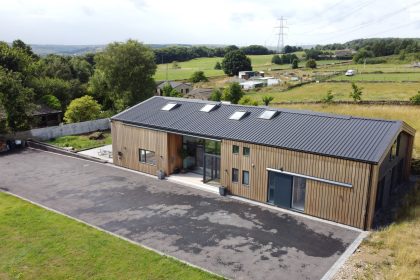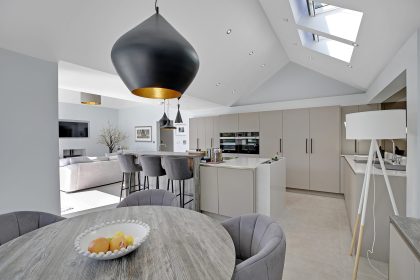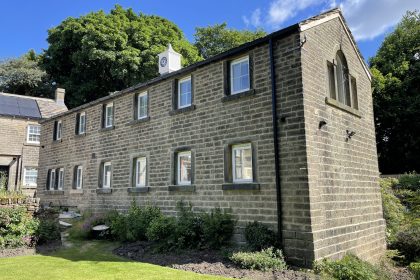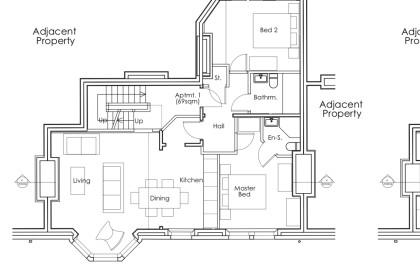Frameless glass has been around since the 1950s but more recently the technique is becoming more and more popular in residential homes, adding a contemporary element to any style of building.
This relatively new technique boasts some great features as well as the stylish aesthetic appeal that they bring to a property. They can be simple and fast to install, energy efficient and some windows hold additional thermal benefits.
What is frameless glass?
A frameless window is exactly how it is described – a seamless glazing option which has no obvious frame around the perimeter.
What is structural glazing?
Structural glazing can take this one step further by the use of glass fins and/or simple fixings to make the frameless glass independently self-supporting.
What can you use frameless glass for?
Many frameless glass panels are used for balconies, shower screens, glass doors and bespoke conservatory windows, or simply to replace standard fixed windows.
How safe is frameless glazing?
There are two different types of frameless glass available: toughened glass and laminated glass. They are both safe for most applications, break safely and comply with current Building Regulations.
Toughened glass
Toughened or tempered glass is made by heat-treating float glass in order to change its physical characteristics.
Laminated glass
Laminated glass is made from sheets of glass sandwiched together. If it cracks, the film holds it together.
How energy efficient is frameless glazing?
All modern frameless glass is manufactured to the U-value standards required of the building regulations, with some surpassing it and offering added thermal efficiency. It is also worth noting that where glazing is used for a roof or wall, it does not have to meet the U-values for these elements as specified in Part L — it is sufficient if it meets the requirements for windows, rooflights and doors.
Overall the use of frameless or structural glazing can provide a contemporary and clean feel to an existing home, new-build or house extension, and can be especially effective where a modern extension meets an older, perhaps Listed Building, to form a sympathetic and softer visual break in the façade.







